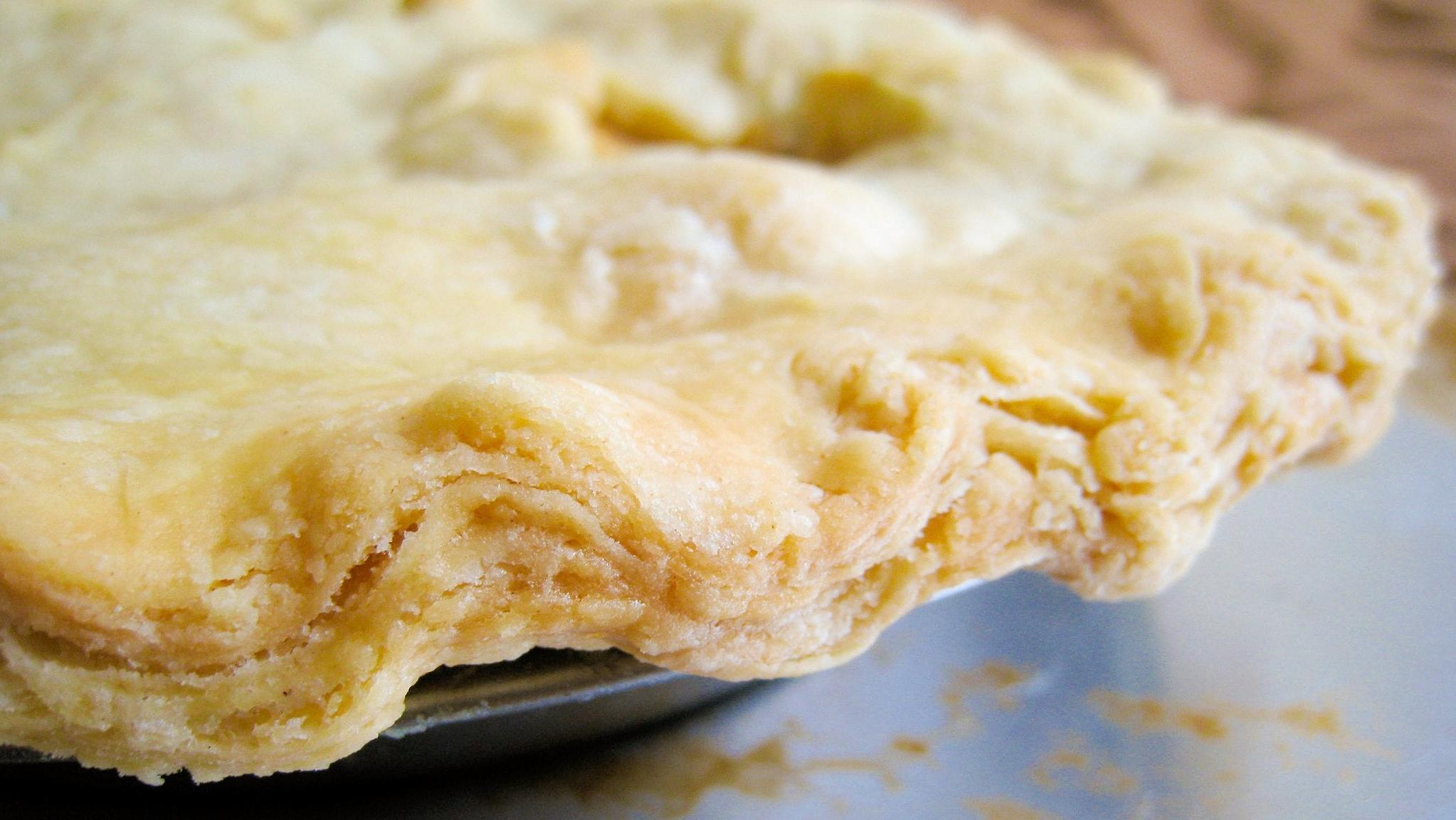Make Perfectly Flaky Vegan Pastries With Our Never-Fail Coconut Oil Trick
Coconut oil is a great shortening substitute in pastry dough—if you use it the right way.
Whether you're making a pie, a batch of biscuits, or any other rich, flaky pastry, you might be seeking a recipe that lends itself to vegan substitutions. We're here to tell you that coconut oil can be a great tool in your plant-based toolkit, but you have to coax it into behaving the way you want. And we have a foolproof way to make coconut oil bend to your will.
Coconut oil can be a great vegan substitute for butter or shortening in your baking, but it's a substance that can be aggravating to work with in recipes like pie crusts and biscuits, which call for fat to be cut into flour. This is because coconut oil behaves differently from other fats at cold temperatures.
Why does coconut oil behave differently from butter and shortening?
Butter and shortening are relatively malleable even when they're ice cold—which is the temp you want when making dough—and can easily be smooshed into small pieces with the back of a fork, then incorporated into your flour mixture. Cold coconut oil, on the other hand, is waxy, hard, and not very smoosh-able. Without smooshage, there can be no hope of making flaky pie doughs or fluffy biscuits. And what's the point of baking at all if you have to sacrifice flakes and fluffs?
Flaky pastry is achieved when thousands of little bits of solid fat are sandwiched between thin layers of dough. In the oven, the fat props up those layers like a scaffold, holding them up until the dough is set; the fat then eventually melts and gets absorbed into the crust.
Shortening has a melting point of 117 degrees Fahrenheit, which gives the dough enough time to set up before the shortening liquefies. Butter's melting point is around 90 degrees, which can still deliver flakes just as long as it's kept ice cold before it goes in the oven. Though coconut oil is rock-hard at room temperature, that solidity is deceptive: it has a melting point of a paltry 76 degrees.
But making flaky layers with coconut oil is still possible—you just have to make sure it stays solid in the oven for as long as possible, in order to set up the dough long enough before the oil melts.
How to make flaky pastry with coconut oil
The easiest way to bake with coconut oil is to make sure you incorporate it in as many smooshed flakes as possible, at the coldest possible temperature. Here's how:
1. Melt the desired quantity of coconut oil in the microwave. If your kitchen is warm, it might already be in a fully liquid state, and you can skip this step.
2. Pour the liquid coconut oil into a thin layer on a baking sheet lined with wax paper.
3. Freeze the oil until it's rock-hard solid.
4. Remove the coconut oil from the freezer, then roll up the wax paper to shatter the oil into hundreds of little flakes. Make any large chunks smaller by breaking them up with a fork.
5. Working quickly, incorporate the frozen coconut oil flakes into your flour mixture and continue the recipe as directed.
For a great recipe that involves this coconut oil trick, try our Vegan Coconut Biscuits With Ginger And Guava. Let us know if you have any other vegan baking tips we should know about.
